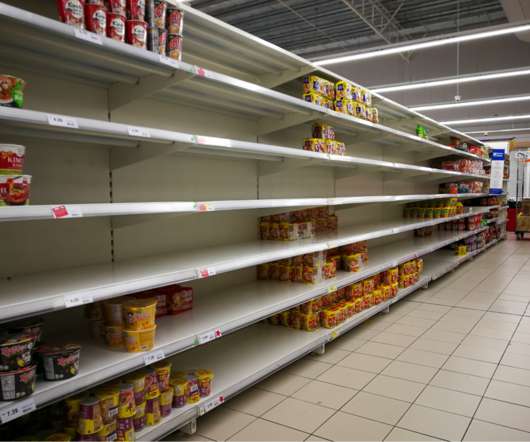4 Critical Steps for Optimizing Omnichannel Order Fulfillment in 2021
Retalon
APRIL 21, 2021
Omnichannel order fulfillment that drives customer experience (and boosts profits). Although the trend towards omnichannel fulfillment is not new, the pandemic changed many retailers’ business models almost overnight, and these changes are not going away. What is omnichannel order fulfillment in retail?












Let's personalize your content